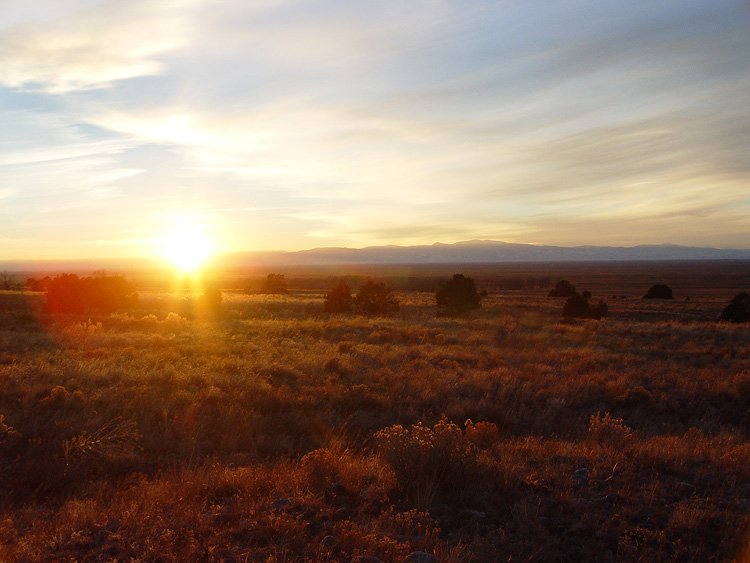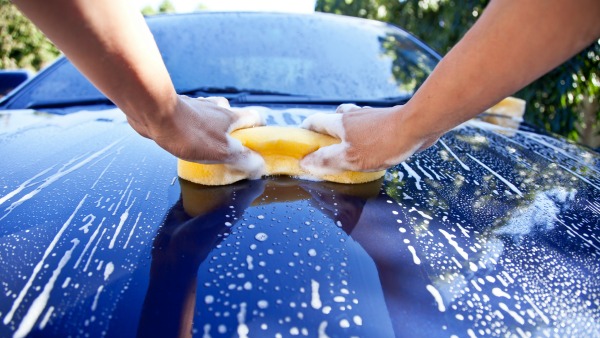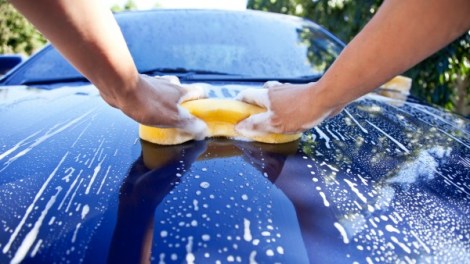This was not a good week to be a neighbor of the John Twitty Energy Center in Springfield, Mo. Unless, that is, all you care about is getting your car cleaned for free.
A piece of equipment at a coal-fired power plant failed on Tuesday, sending a cloud of burned coal residue with the consistency of talcum powder out over the city. Homes, yards, cars, and unfortunate pedestrians within two to three miles were left coated with fly ash.
“I headed outside and [my cars] were just covered,” Springfield resident Bob Pasley told Ozarks First. “Neighbors’ cars were covered and we were walking through the grass and dust was coming up like you just put limestone on your lawn.”
City Utilities, which operates the plant, apologized and offered to pay to clean the cars of affected neighbors. “Our concern is on people’s vehicles,” spokesperson Joel Alexander said.
But what about all the lungs, plants, and ecosystems that were assaulted with stray bits of burned of coal? What does City Utilities propose doing about that? It’s already done all that it plans to do: It has denied that there are any dangers.
The dust “is not hazardous to people, animals, or vegetation and can be rinsed with water from most surfaces,” the utility said in a statement.
But that claim isn’t sitting so well with environmentalists. From the Springfield News-Leader:
John Hickey, the director of the Sierra Club’s Missouri chapter, took issue with that statement Wednesday, saying CU “has exposed people to a dangerous pollutant.”
“City Utilities said it’s harmless but the thing is, fly ash contains heavy metal pollution like mercury and arsenic. It’s not harmless. It has dangerous pollution in it,” Hickey said.
Asked to respond to Hickey’s criticism, CU sent an email Wednesday noting that the U.S. Environmental Protection Agency issued regulatory determinations in 1993 and 2000 that “did not identify any environmental harm associated with the beneficial use of (coal ash) and concluded in both determinations that these materials were nonhazardous.”
OK, great. But “beneficial use” refers to recycling coal ash, such as in concrete and asphalt. Blowing coal ash all over the place for your neighbors to inhale does not count as a beneficial use of the waste material.




